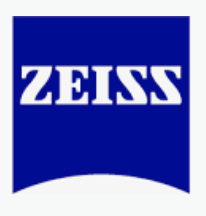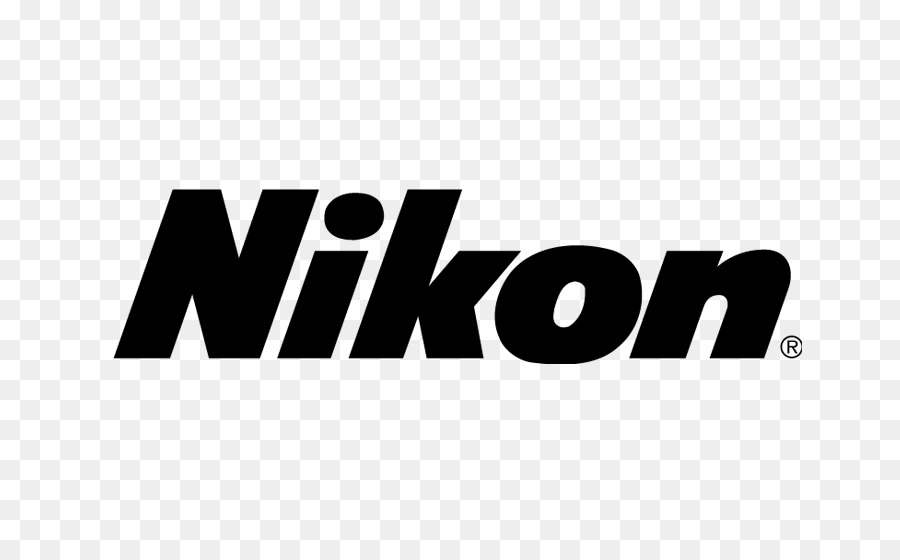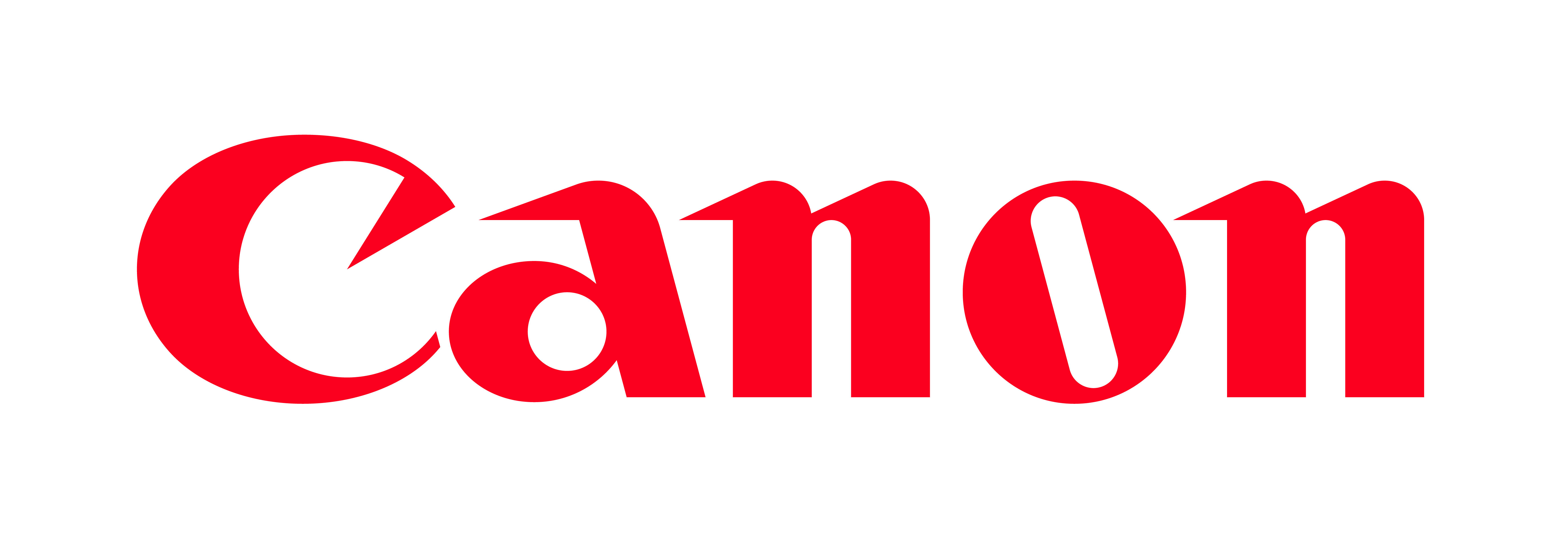Synthèse
The global camera market has observed a downward trend in sales volume in recent years, as smartphones increasingly impinge on the space traditionally occupied by cameras due to the high quality of photos they can produce. Data from CIPA highlighted that the number of cameras delivered in 2021 was significantly less compared to figures recorded a decade earlier, although there was an uptick of 5.9 percentage points in market value in 2021 compared to 2020. In the same year, Europe emerged as the largest importer of cameras, followed by America. The market is predominantly controlled by Japanese companies, with Canon leading the pack, followed by Sony.
The French camera market mirrors the global scenario with declining sales, attributable in part to the rising performance of smartphones among younger consumer segments. Despite falling camera sales, prices for photographic equipment have been pushed up as seen in a 5% increase in the French consumer price index for photographic, cinematographic, and optical equipment from December 2020 to February 2022. Innovations in the field such as high-end hybrids and a resurgence of film cameras indicate potential growth areas, albeit with Nikon and Canon planning to cease development of their reflex camera ranges in 2022. In the regulatory landscape, measures like the Eco-label, NF Environment, the energy label, and the reparability index have been introduced to address environmental impacts and consumer awareness.
Market Trends and Consumer Dynamics in the French Camera Market
The French camera market has been characterizing itself with a pattern of decline that aligns closely with the global trend. However, despite the challenges, there remains a segment of the population that still prefers cameras over smartphones for their photographic needs. Analyzing the information provided suggests that the market trends and consumer behavior are significantly influenced by both technological advancements and the shifting preferences of different age groups. In the French camera market, it is estimated that camera sales volume approximates 15% of the European market, translating to a little over 380,000 units. This calculation is based on the demographic proportion of the French population to that of the European Union. While the total European camera shipments are registered at about 2.552 million units, France's market share is positioned at approximately 382,800 units.
Consumer interest in the camera segment is nuanced and cyclic, with different segments seeking various camera types based on their unique needs and expectations. Professionals and enthusiasts tend to opt for high-quality cameras and have a strong preference for versatility and performance. Typically, they are inclined towards better, more sophisticated cameras, such as SLRs. Adults seeking better quality and authenticity than smartphones would offer, increasingly lean towards hybrid cameras, illustrating a shift from purely traditional or compact models. Meanwhile, the younger demographic and beginners appear to veer towards entry-level compact cameras that serve as an introductory point to photography.
Economic behavior around camera sales is interesting to note as well. Revenues from photo equipment surge in the last quarter, aligning with end-of-year festivities when cameras become popular as gifts. This trend also manifests a minor spike during the summer vacations, possibly tied to the consumer desire to capture holiday moments. Yet, direct competition with smartphones is undeniable.
Smartphones have demonstrated a staggering growth in quality over recent years, countering the camera market. As smartphone sales have seen a buoyant increase, the camera market experienced a consistent decline in demand, highlighting a reverse correlation between the two sectors.
Conclusively, while the camera market in France, housing between 320,000 and 390,000 units, confronts challenges, particularly from advancements in smartphone technology, consumer cyclicality, contingent upon sentiments and occasions, continues to inject periodic vitality into this market. Notwithstanding this, the long-term future of the market will hinge significantly on the industry's ability to innovate and cater to the specific needs of different consumer profiles within the market.
Key Players Dominating the Camera Market Landscape
In the intricate tapestry of the camera market, certain names stand out—companies that have carved a niche for themselves through technological prowess, innovation, and consistent quality. These giants form the pillars of an industry that, despite the onslaught of converging technologies, holds its ground due to the unparalleled dedication to the photographic art. The main players maneuvering the camera market are a testament to the ongoing story of visual documentation, capturing the world through lenses of exceptional clarity and versatility.
- Canon: Emergence as the Market Leader Canon's name is synonymous with photographic excellence, which has been established over generations of product development and customer trust. Its range of cameras encompasses everything from high-quality DSLRs to cutting-edge mirrorless models. Canon's commitment to innovation is reflected in its dominant market presence and a vast array of patents under its belt, which forge the path for future advancements in imaging technology.
- Nikon: Precision and Heritage Another heavyweight, Nikon has been a bedrock for professional photographers worldwide. Flaunting an impressive catalog of cameras and lenses, Nikon prides itself on precision optics and ergonomic designs. Their cameras are known for rugged durability and exceptional image quality, making Nikon a favored choice for those seeking reliability and performance in their photographic journey.
- Sony: Electronics Giant and Technological Trendsetter Sony has made remarkable strides in the camera market, rapidly climbing the ranks to secure one of the top positions. Their mirrorless cameras, in particular, have disrupted traditional market dynamics, attracting users with their compact form factor and advanced features like high-speed autofocus and eye-tracking technology. Sony remains at the forefront of digital innovation, effortlessly blending their expertise in electronics with ever-evolving imaging techniques.
- Panasonic: Innovating for Versatility Panasonic's range, especially within the Lumix brand, has carved a niche for videography and hybrid photo-video work. The company's dedication to providing tools for multimedia creators has earned it recognition and loyalty among those valuing versatility and cutting-edge features such as 4K video recording, post-focus, and dual image stabilization.
- Fujifilm: Retro Appeal with Modern Flair Fujifilm has masterfully wedded nostalgia with contemporary features. By reviving the charm of film with its X series and medium format GFX cameras, Fujifilm has captured the hearts of those who yearn for the tactile experience of analog photography meshed with the convenience of digital technology. They have also seen success with their Instax line, re-popularizing instant photography.
à la compréhension de ce marché
Détail du contenu
 Informations
Informations
- Nombre de pages : 30 pages
- Format : Version digitale et PDF
- Dernière mise à jour : 01/08/2022
 Sommaire et extraits
Sommaire et extraits
1 Market overview
1.1 Introduction
Since its "invention" on January 7, 1839, when it was presented to the French Academy of Sciences, photography has never ceased to stimulate creativity, memory and conversation, as well as information and entertainment for those interested in it.
There are many different types of camera, including :
-silver cameras (use of film)
-compacts (lightweight and automatic settings, suitable for novices)
-hybrid cameras (compact with interchangeable lenses)
-reflex cameras (many features, popular with experts)
-...and smartphones
The benchmark organization for camera market statistics is CIPA (Camera & Imaging Products Association), an umbrella organization for Japan's leading camera manufacturers . Worldwide production of cameras and photographic equipment is dominated by the same Japanese companies, notably Canon, which dominates the market. CIPA estimates sales of the camera market in 2021 at 442.4 billion yen, or 3.14 billion euros(CIPA). The market is driven by the many innovations on offer, as well as the frequent renewal of functions and models.
The French camera sales market is in decline, with competition coming from the ever-increasing performance of smartphones, favored by the youngest consumer segments, which deliver photo quality largely comparable to that of a conventional camera. Logically, the future of the market lies in the ability of players to innovate and move upmarket.
Cameras are sold in traditional physical outlets or online, by players with varying degrees of specialization: from mass retailers to specialist retailers, via dedicated websites and general online marketplaces (such as Amazon).
1.2 Global market trends and key players
evolution of camera deliveries
World, ****-**** Source: ****
The global camera market is shrinking year on year, after peaking between **** and ****. The number of cameras delivered in **** was more than ten times lower than ten years earlier. The market has been hit hard by the increasingly rapid evolution in the quality of ...
1.3 A declining French market, weakened by smartphones
The French market is in line with the dynamics of the global market for camera manufacturers: a weakened market.
trends in the camera market France,
In terms of sales volumes, the French market can be estimated on the basis of the European market. On January *, ****, the European population will be ***.* million. ...
2 Demand analysis
2.1 Demand cyclicality
A study by the Observatoire du rapport des français au loisir(***). This is followed by photo and video work, where **% of active hobbyists are in the habit of sharing their work. share of cultural and leisure spending on TV, hi-fi, video and photography France, ****-**** Source: Insee Share of cultural ...
2.2 Consumer profile
The profile of camera consumers varies according to their intended use. Three main categories can be distinguished: -Professionals/passionates: These consumers want top quality and flexibility in their choice of accessories, so they go for top-quality cameras. They include sports, wildlife, landscape, war and paparazzi photographers, for example.-Individuals who want ...
2.3 Consumer motivations, expectations and spending
Photo equipment revenues France, Q* ****-Q* **** Source: GFK This graph shows that, every year, the last quarter of the year is the one with the highest revenues for photo equipment. This period corresponds to the end-of-year festivities, so we can deduce that the camera market is sensitive to festive periods, surely ...
3 Market structure
3.1 Industry forces and organization
Leading brands in the camera market France, **** Source: ****
The figures shown on this graph are more or less approximate. In the case of Nikon, for example, we have taken their annual results as our starting point. The first is to establish a geographical zone, and only the results for Europe are ...
3.2 A wide range of distribution channels
Distribution channels are varied and attract different customer groups. Even if the price of the equipment remains a central criterion to be taken into account, the warranty conditions offered, after-sales service and support play an important role (***):Specialized online photo retailers
Specialized online retailers are brands whose universe revolves around photography ...
3.4 Direct competition with smartphones
We can draw a parallel between the evolution of smartphone quality, and therefore sales, and the fall in the camera market. As we saw earlier, the global and French camera market has been in constant decline since ****. conversely, the smartphone market has been particularly buoyant over this period.
Total smartphone sales ...
4 Offer analysis
4.1 Camera types and prices
Cameras fall into five main categories:
- Film cameras are the film cameras that existed before the advent of digital cameras. These products are enjoying renewed appeal, with iconic models such as the Nikon FM*, Leica M* and Polaroid SX** offering instant printing.
- Hybrids: This category has only recently emerged ...
4.2 The different parts of the camera
A camera is made up of a few inalienable components: the sensitive surface, which in film also acts as a storage system, the lens, the diaphragm and the shutter mechanism.
The viewfinder
The viewfinder is the element used to compose a photo, distinguishing between a frame and an out-of-focus area. Located ...
4.3 Product innovation and high-end development
The photographic market still has growth potential, thanks to innovations that stimulate the renewal of equipment.
While compact cameras are directly targeted by competition from smartphones, traditional players are betting more and more on high-end cameras. Hybrids, which are cameras with more powerful sensors, Wifi, *k and multiple options, are showing ...
4.4 Most popular models
The Digital Phtography School site, a reference for photography enthusiasts, frequently publishes a list of the hottest camera models of the moment. These lists are compiled from the purchases of the site's members, and are therefore not based solely on France.
Source: ****
5 Regulations
5.1 Current regulations
The Eco-labelthe only official European eco-label, distinguishes products that are more respectful of the environment, thanks to criteria that guarantee the suitability of products for use and a reduction in their environmental impact (***).
The reparability index was introduced on */**/****, as part of the anti-waste law of **/**/****. It is a mandatory note ...
6 Positioning the players
6.1 Segmentation
- Olympus
- Nikon
- Sony
- Fujifilm
- Canon
- Carl Zeiss Group
 Liste des graphiques
Liste des graphiques
- Évolution de la quantité d'appareils photos livrés
- Principaux acteurs du marché mondial de l'appareil photo
- Desinations des exportations d'appareils photos des entreprises Japonaises
- Évolution du marché l'appareil photo
- Évolution de la part des dépenses culturelles et de loisirs alouées à la télévision, hi-fi, vidéo, photo
Toutes nos études sont disponible en ligne et en PDF
Nous vous proposons de consulter un exemple de notre travail d'étude sur un autre marché !
Dernières actualités
Entreprises citées dans cette étude
Cette étude contient un panorama complet des entreprises du marché avec les derniers chiffres et actualités de chaque entreprise :
 Choisir cette étude c'est :
Choisir cette étude c'est :
Accéder à plus de 35 heures de travail
Nos études sont le résultat de plus de 35 heures de recherches et d'analyses. Utiliser nos études vous permet de consacrer plus de temps et de valeur ajoutée à vos projets.
Profiter de 6 années d'expérience et de plus de 1500 études sectorielles déjà produites
Notre expertise nous permet de produire des études complètes dans tous les secteurs, y compris des marchés de niche ou naissants.
Notre savoir-faire et notre méthodologie nous permet de produire des études avec un rapport qualité-prix unique
Accéder à plusieurs milliers d'articles et données payantes
Businesscoot a accès à l'ensemble de la presse économique payante ainsi qu'à des bases de données exclusives pour réaliser ses études de marché (+ 30 000 articles et sources privées).
Afin d'enrichir nos études, nos analystes utilisent également des indicateurs web (semrush, trends…) pour identifier les tendances sur un marché et les stratégies des entreprises. (Consulter nos sources payantes)
Un accompagnement garanti après votre achat
Une équipe dédiée au service après-vente, pour vous garantir un niveau de satisfaction élevé. (+33) 9 70 46 55 00
Un format digital pensé pour nos utilisateurs
Vous accédez à un PDF mais aussi à une version digitale pensée pour nos clients. Cette version vous permet d’accéder aux sources, aux données au format Excel et aux graphiques. Le contenu de l'étude peut ainsi être facilement récupéré et adapté pour vos supports.
 Nos offres :
Nos offres :
the camera market | France
- Quels sont les chiffres sur la taille et la croissance du marché ?
- Quels leviers tirent la croissance du marché et leur évolution ?
- Quel est le positionnement des entreprises sur la chaine de valeur ?
- Comment se différencient les entreprises du marché ?
- Données issues de plusieurs dizaines de bases de données
Pack 5 études (-15%) France
- 5 études au prix de 75,6€HT par étude à choisir parmi nos 800 titres sur le catalogue France pendant 12 mois
- Conservez -15% sur les études supplémentaires achetées
- Choisissez le remboursement des crédits non consommés au terme des 12 mois (durée du pack)
Consultez les conditions du pack et de remboursement des crédits non consommés.
- 01/03/2024 - Mise à jour des données financières de l'entreprise Nikon
- 01/03/2024 - Mise à jour des données financières de l'entreprise Canon
- 04/11/2023 - Mise à jour des données financières de l'entreprise Nikon
- 04/11/2023 - Mise à jour des données financières de l'entreprise Canon
- 03/08/2023 - Mise à jour des données financières de l'entreprise Nikon
- 02/05/2023 - Mise à jour des données financières de l'entreprise Nikon
- 26/02/2023 - Mise à jour des données financières de l'entreprise Carl Zeiss Group
- 24/02/2023 - Ajout des informations de l'entreprise Carl Zeiss Group
- 21/02/2023 - Mise à jour des données financières de l'entreprise Fujifilm
- 11/02/2023 - Ajout des informations de l'entreprise Canon
- 10/02/2023 - Ajout des informations de l'entreprise Fujifilm





 Zeiss investit 33 millions d'euros dans l'extension de son usine de Périgny - 03/02/2023
Zeiss investit 33 millions d'euros dans l'extension de son usine de Périgny - 03/02/2023
 Les prix de l'électronique sont en hausse, que ce soit pour les consoles de jeux vidéo, les téléphones intelligents ou les composants électroniques. - 26/08/2022
Les prix de l'électronique sont en hausse, que ce soit pour les consoles de jeux vidéo, les téléphones intelligents ou les composants électroniques. - 26/08/2022
















